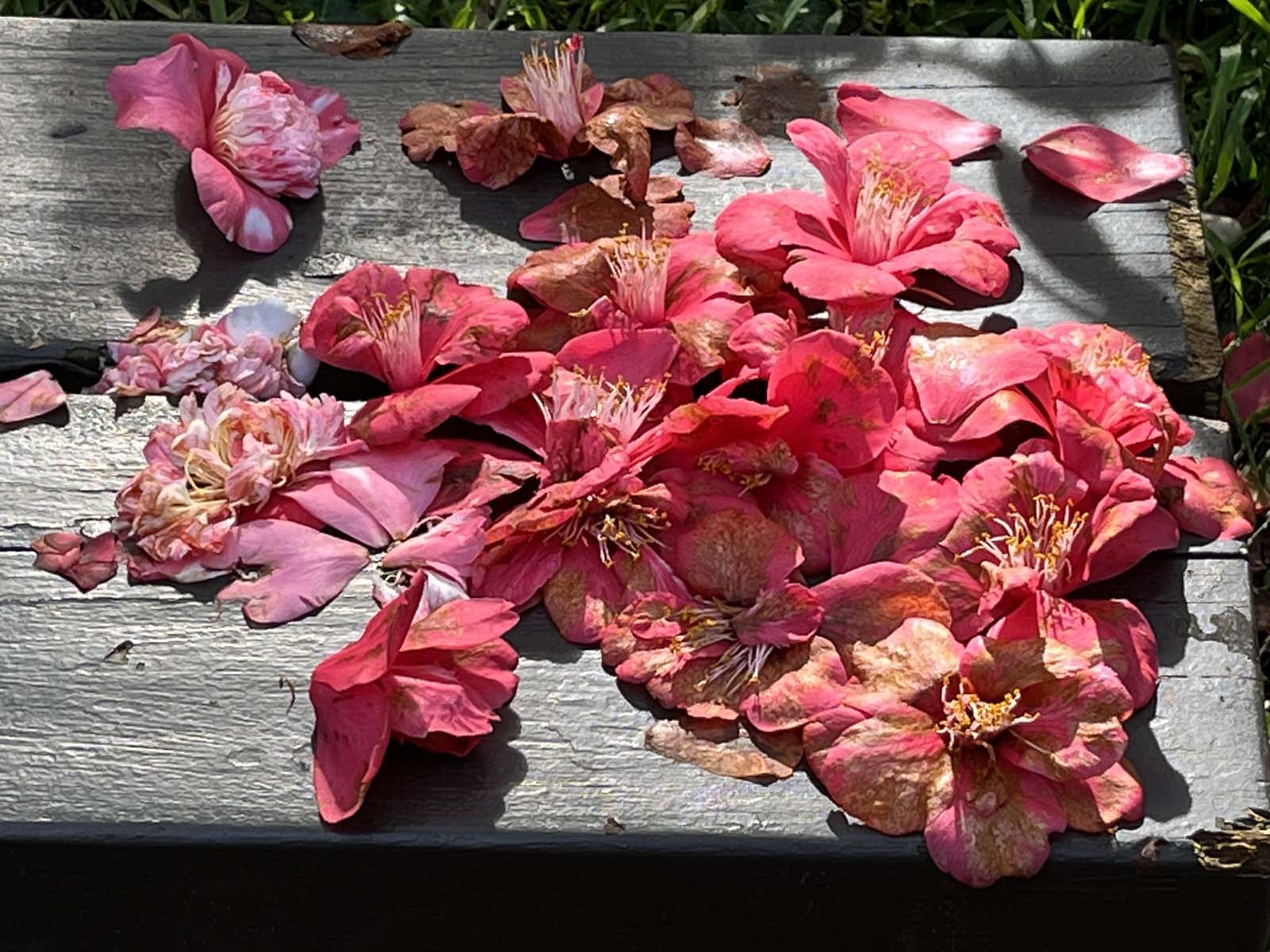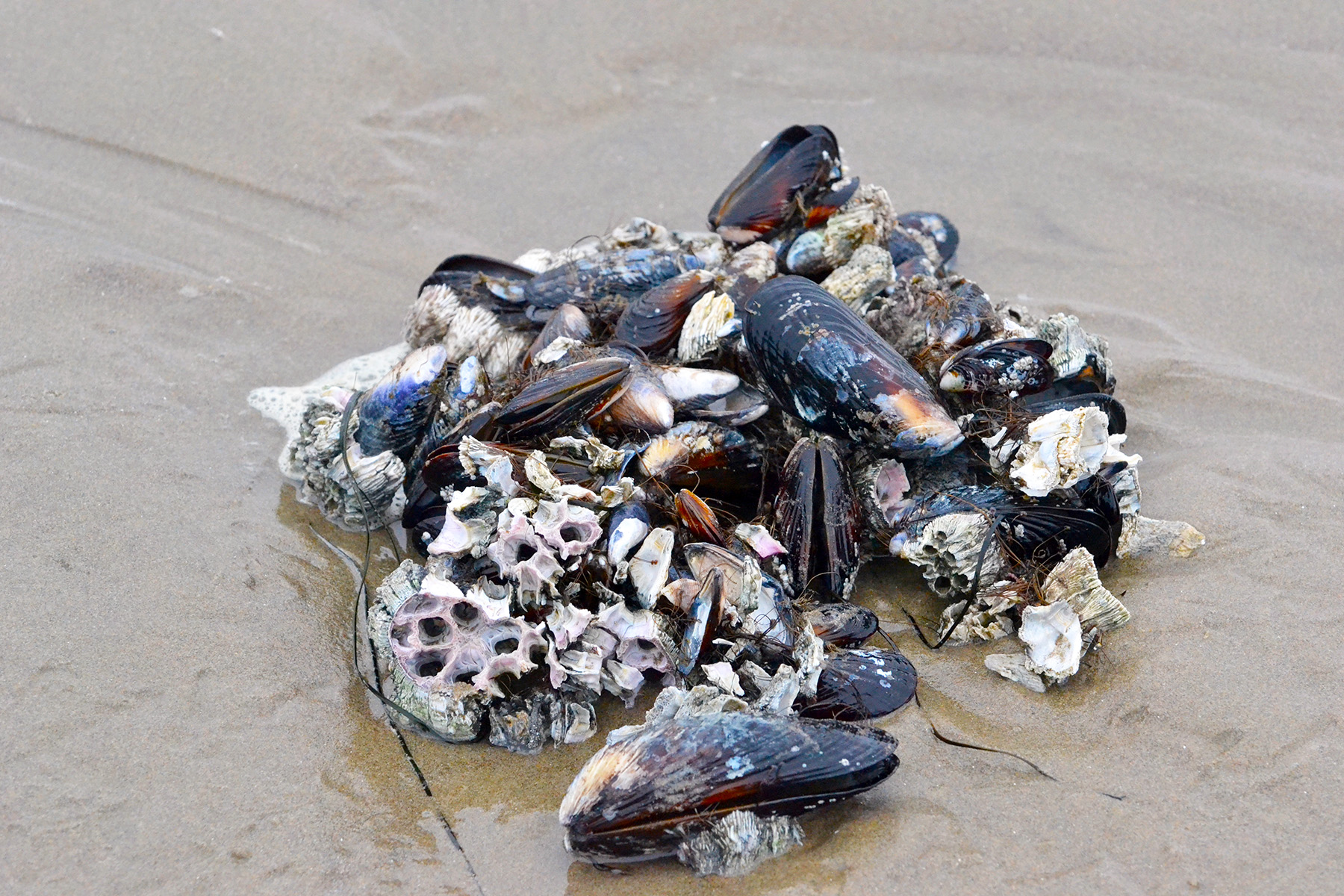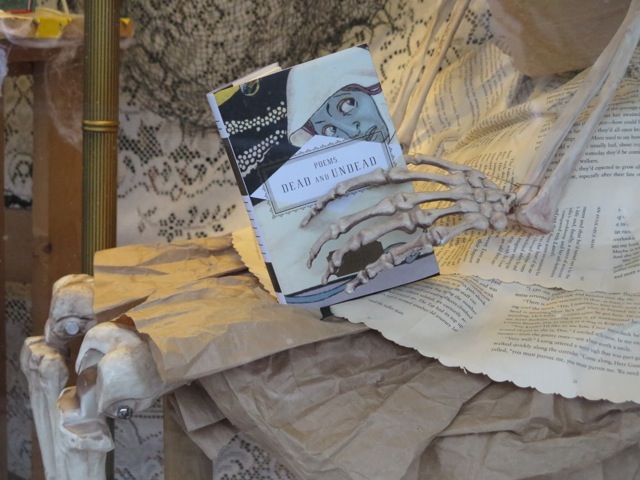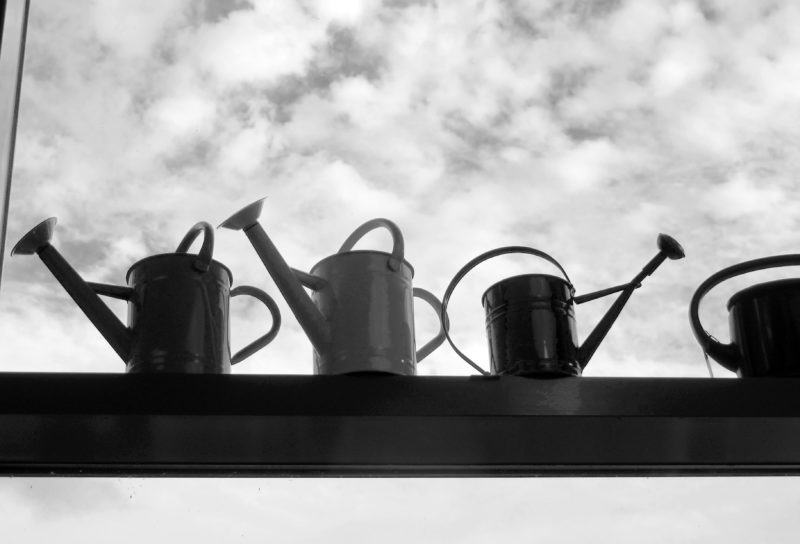“The ideas of the ruling class are in every epoch the ruling ideas, i.e., the class which is the ruling material force of society, is at the same time its ruling intellectual force.” – Karl Marx The German Ideology (1845)
—
“As a matter of fact indeed, this generation, that grew up with the “end of history” of Francis Fukuyama, does not seem to be affected by the central historical events of their life time in any enduring way … [This generation is] pragmatic, history-less, free from economic and ideological system conflicts of the Cold War, grown up after the “end of history”. If you look at this generation through the lens of the events of its history, it does not afford any strong “interrelation”, no strong generational “narrative”. – Anna Sauerbrey, Machtwechsel: Wie eine neue Politikgeneration das Land Verändert. (Change in Power: How a new Generation of Politicians changes the Country.) (2022)
—
“Let us remember we will never truly breathe whole breaths, as whole beings, as a whole country and people, until we reach a collective reckoning, and repair … until we become whole and so can exhale into a place of healing at the depths of the blood and marrow in our bones. Imagine that breath.” – traci kato-kiriyama Navigating With(out) Instruments. (2021)
I WOULD HAVE have almost missed the small plaque, easy to escape my attention that was held by so many other sights: a gorgeous botanical garden unusually laid out across steep slopes, an indescribably beautiful location, a forest of blooming camellias, bulwarks of birds of paradise hedges, lazy lizards, groves of mulberry trees, surrounded by pristine canyons, with a green sheen after all this rain.

Having spotted it, however, and later reading up on what was hinted at, led to contemplation of memory cultures and their variable perspectives, depending on who you ask. Or who has the power to shape the narrative, as the case may be. All that happened during a visit to the 165- acres Descanso Gardens in La Cañada Flintridge, CA, some 10 minutes outside of Pasadena, which contains one of the world’s largest camellia collection with some 800 species and as many as half a million camellias in bloom simultaneously, if you visit in the early months of the year. A spectacular sight.

One might be pleased to see an acknowledgement of the history that transpired after President Roosevelt issued his infamous Executive Order 9066 in March 1942, authorizing the removal and incarceration of over 120.000 Japanese American women, men and children on suspicion of being potentially dangerous enemy aliens. Some 70.000 of those rounded up with lightning speed were actual American citizens.



Or one might wonder why the text refers to War Relocation Centers instead of Internment camps, or even concentrations camps as Roosevelt himself and other U.S. officials referred to them. The War Relocation Authority, the federal agency created to manage the incarceration process, succeeded with a political spin and created euphemistic terms, calling the forced removal an “evacuation,” incarceration “internment,” and the facilities “relocation centers,” rather than concentration camps. (Certain American Jewish institutions, the National Holocaust Museum among them, reject the term concentration camp, fearing that it invites false analogies to the Holocaust, demeaning history. Others, like Michael Rothberg, a UCLA professor of English and comparative literature who holds the 1939 Society Samuel Goetz Chair in Holocaust Studies, point to the fact that not only Jews were detained in concentration camps, and defines them as “mass detentions of civilians without trials,” many of which happened before the German atrocities – e.g. the 19th century Spanish in Cuba, the British in South Africa during the Boer wars, or China’s extrajudicial camps for millions of Muslim Uighurs who face systematic brutality and dehumanization.) (Ref.)



Moreover, one might wonder what is implied in the simple statement that the founder of this garden, newspaper publisher E. Manchester Boddy, purchased plants from Japanese nurserymen, namely the contents of Star Nurseries, headed by Francis Miyosaku Uyematsu and Mission Nursery, headed by Fred Waichi Yoshimura. If you go to the history section of the garden’s website, (and who does, pray tell?) you get a few more sentences: “These people’s terrible loss, reflecting years of labor, was Rancho del Descanso’s immediate gain. The purchase of their plant inventories became the basis for Descanso Gardens’ first signature collection.”
“Can’t you just for once enjoy a garden and help us vicariously admire the scenery?” I hear from the back rows. You know me. Or should, by now. Nope! Important history to convey.


IF YOU LOOK AT scholarly exploration of what actually happened, including archival research, oral histories and interviews with surviving members of the families, a different narrative emerges. (I am indebted to Wendy Cheng, Associate Professor of American Studies at Scripps College, who gave me access to her 2020 article Landscapes of beauty and plunder: Japanese American flower growers and an elite public garden in Los Angeles, a combination of factual revelations and incisive analysis that taught me a lot.) Summarizing best I can, the original official story around Boddy’s acquisition was that of a friend of the Japanese community paying a “fair price” for priceless treasure during hard times, his generosity appreciated, the ruling narrative goes, by those who had few other choices before seeing their entire stock destroyed.



Alternatively, one can see this act as a form of plunder, reminiscent to me, as a German, of the forced sales of Jewish art and property to Nazi vultures or collaborating opportunists. Legality aside (hey, these people did nothing illegal, if they acquired stuff on the cheap as the opportunity arose…) plunder can be defined as a dishonest acquisition of property, whether through violent dispossession of native lands or orderly transfer in business settings during structurally disordered conditions that allowed to prey on vulnerable minority groups. The losses incurred by Japanese Americans? Estimates are that 75% of those incarcerated lost all of their property. Overall economic losses (not adjusted for inflation) are presumed to lie in the $1 to $3 billion range. Half of the total number of flower growers in the L.A. region were Japanese, some 90% of them working on leased land due to racist tenancy laws instituted in 1913 (Alien Land Law.) Businesses on that land were taken over by Whites, after Pearl Harbor.




There is a small but well designed Japanese garden wit the tallest flowering cherry tree I have ever seen.
Boddy’s “fair price,” as the term appeared in the narrative of the garden (rescinded only 4 years ago), was in reality likely a 5th of what the stock of mostly camellia and ranunculus from three different nurseries was worth. Some 300-320000 plants changed hand for the Uyematsu nursery alone (the garden gives a far lower number) from a horticulturist known across Asia as one of the most gifted and successful cultivators. They included seedlings that Uyematsu had nursed for over 12 years and that Boddy propagated at Descanso, and eventually named, an implicit assertion that he was the original cultivator. As far as we know, no further tracing of the actual provenance has been undertaken since the 1942 transaction.






In addition, even though Boddy acknowledged publicly that the historic circumstances were unjust, there is archival evidence that his dissatisfaction with the camellia deal led him to try and shut the nursery down for other sales, offering lower whole sale prices for gardenias and azaleas. He also initiated a bitter and long-lasting law suit against a third nursery, the Yokomizos, for breach of contract after they returned from the camps, suing them for land and damages – a suit that was settled shortly before trial. That story seems not to be included in the history of the garden at all.
***
WHY IS IT IMPORTANT to get the facts right and display them in a fashion that allows, or even forces people to remember? Has our nation not done enough to acknowledge the injustice committed against Japanese Americans? Official narratives – – the ruling ideas as Marx would have it — admit to wrongdoing, but also defend its necessity (legal cases) or claim that it was an aberration (congressional acts), or point to the fact that victims were given compensation, or point to a larger arc of progress in the U.S. that has incrementally increased diversity, equality and inclusion, insisting we have left the dark past behind.
Except, we haven’t. Hate crimes against Asian Americans have risen sharply across the last years and countless political groups as well as state governors fight against DEI policies across the nation, never mind attempting to constrain education about the actual history of this country by radically privatizing it, blackballing facts that are not congruent with the ideas of American exceptionalism and the moral superiority of those living on the shining hill.






Different memory work, not the official narrative, needs to get done in the area of Japanese incarceration, argues Erin Aoyama in the L.A. Review of Book, as “a process of locating and listening to stories about the past, reckoning with how they shape our families and communities in the present, and then sharing these stories and our experiences within them with others.” The first generation of imprisoned Japanese Americans often preferred to be silent about their incarceration in the early postwar years,”burying the shame, the fear, and the pain to rebuild their lives.” But new generations, she argues, can and do embrace memory work as a way of engaging with the past that impels each of us to action in the present, questioning the official story.

Some museums pick up on that as well, and it is worthwhile exploring exhibitions that open a door to the past, like the current one, Don’t fence me in, at the Japanese American National Museum in L.A.





***
However, we also need to be aware of a paradox, namely that any specific memory culture alone does not promote change, and even might provoke a backlash. Looking to Germany as an example that I know, we see a country that has by far more Holocaust memorials and Jewish museums than other European countries, Holocaust education as part of every school curriculum, and official commemorations of historic dates that spelled doom for its Jewish citizens. Yet antisemitism and Holocaust denial or relativization thrive, and according to the World Jewish Congress in 2019, 41% of Germans thought Jews talk too much about the Holocaust. The notion of Germans as victims holds a special place in certain political circles, and the joke among German Jews that all of us know not a single German who didn’t claim they personally rescued a Jew or are related to someone who did, doesn’t come out of thin air.



There is a funny disconnect between the fact that non-fiction books about third-Reich related history reliably win prizes and journalist Anna Sauerbrey’s observation, listed above, that current generations of politicians are not anchored in the history of the country. In 2022 alone we saw winners of the German Non-Fiction Prize and the highest award in his field, the Prize of the Historisches Kolleg (Institute for Advanced Study in History) go to authors dealing with the political developments between 1918 and 1945.

Some scholars claim that we need to go beyond dichotomizing victims and perpetrators to understand the increase in “virulent racism and racist violence” even in the presence of a memory culture that is dedicated to educating about historical trauma. For A Memory Culture beyond Victims and Perpetrators, an essay written by Michael Rothberg, as an introduction to Valentina Pisanty’s book The Guardians of Memory (CPL Editions, 2021), helped me understand some of the issue – and also link back to the case of Manchester Boddy, friend to and plunderer of Japanese Americans.


Rather than solely distinguishing between evil and innocence, we need to look at the complexities of roles assigned or assumed during historic conflicts. There are not just victims, perpetrators, bystanders and the Just. Rothberg suggests another category, that of the implicated subject, those who enable, benefit from, and perpetuate injustice and inequality without being direct perpetrators and without controlling the regimes that produce injustice. Failure to intervene, or cooperating and consenting to the horrors that are committed, indirectly entangles us. Many of us are in some ways also implicated because we have inherited the history of oppression and violence of the past:
“…implicated subjects are certainly not guilty of the crimes of those who came before them, but by virtue of their membership and participation in national collectives they bear historical and political responsibility for those wrongs — and for the legacies they leave behind. One of the shortcomings of the familiar Holocaust memory culture, we might say, is its inability to activate recognition of our ethical and political implication in injustices — not just those that are past, like the Nazi genocide, but those in which we continue to live.”




We have a collective responsibility that goes far beyond the individual one of the Boddy’s of the world — non-evil people just out to make a deal, telling themselves that they are on the morally right side by giving hand-outs to friends in distress –to assess history in all its painful truth involving colonialism, slavery and racism, to reveal our own implication, the way we perpetuate to this day the inequalities they have wrought. Only then can we hope to breathe whole breaths, as Japanese American poet, author and activist traci kato-kiriyama envisions our future.
A good thing to contemplate in an extraordinary garden.













































